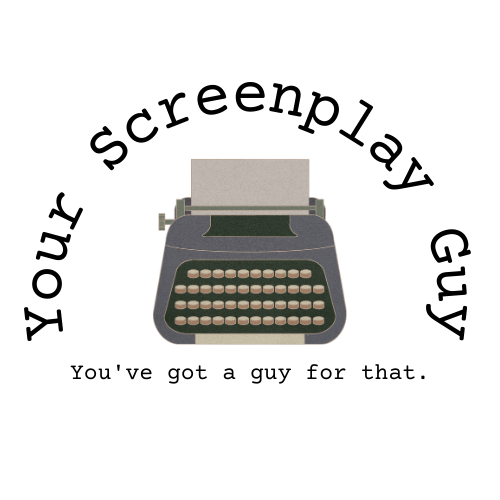
Three-act structure is perhaps the single most popular screenwriting template used to create a well-structured story. In this structure, a screenplay is neatly divided into three distinct parts, or acts, with each act serving a specific purpose. Sometimes writers refer to these acts as the Setup, Confrontation, and Resolution. Though the “names” of the acts may change, their general purpose does not. Moreover, each act should make up a certain percentage of your overall script. Check out our Three-Act Structure Template which includes detailed breakdowns of each major step and approximated page counts based on a standard 120-page screenplay.
Act One, or the Setup, is generally where you want to introduce your characters, setting, and overall conflict or central question. Creating a strong first act is essential because it establishes the foundation for the rest of your story. It’s also where the writer should establish the tone, mood, and genre of the film. Typically, the first act is roughly 25% of your overall screenplay. Breaking this down a bit further, the first act begins with a series of “Opening Images” which usually sets the stage for the larger story. This can be a visual representation of the world the characters inhabit, or it can be an action sequence that foreshadows the story’s main conflict. By the end of act one, the audience should understand what the movie is going to be about. If they don’t, they will likely be confused or lose interest.
Act Two, otherwise known as the Confrontation or the rising action, is where the writer continues to raise the stakes and creates increasing tension. This act will usually be the longest of the screenplay, taking up approximately 50% of the total page count. The second act is where the story’s protagonist must face a series of obstacles and challenges that prevent them from achieving their goal which was introduced in act one. The protagonist's character arc is further developed in this act. Each obstacle the protagonist faces should be more challenging than the last, which will force the protagonist to change their approach as they go. It’s this rising action that drives the story forward and keeps audiences engaged. The audience should believe that there is a possibility the protagonist will not reach their goal.
Related: 5 Tips for Creating a Great Villian
Act Three, or the Resolution, is where the story comes to a conclusion. This act takes up the last 25% of your screenplay’s final page count. The third act of a screenplay is where the protagonist must finally confront their ultimate challenge. It should be their most difficult obstacle yet and require the protagonist to use everything they have learned throughout the story to overcome it. Everything has been leading to this moment, the climax of the story. The outcome should provide a resolution that is both satisfying and unexpected. Furthermore, this act should answer any other unanswered questions and tie up all loose ends.
As you can see, three-act structure is a useful tool for screenwriters because it provides a framework for creating a well-structured story. It ensures that the story has a clear beginning, middle, and end and that the audience will be engaged throughout. Three-act structure also provides the writer an easy-to-follow template to build tension and conflict. Without conflict a story is dead in the water, and it will not keep an audience in their seats. Click here for a three-act structure worksheet with a more detailed breakdown and explanations for each of the 10 plot points every story should include.
It is important to note that not all screenplays need to follow the three-act structure. Additionally, some screenwriters may use variations of three-act structure, such as the four-act structure or the five-act structure. These are often the formats found in television scripts where the end of act represents a commercial break. If you are looking for an easy-to-follow television script breakdown, click here to find our Four-Act Structure Worksheet.
